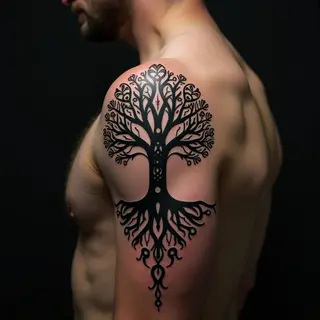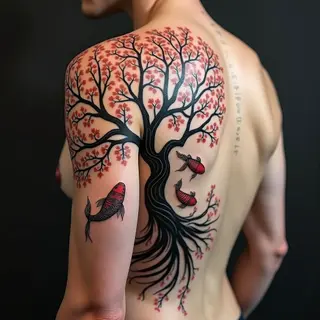Understanding Native American Body Art: Respect, History, and Avoiding Appropriation
Native American body art is far more than just decoration; it’s a powerful expression of spirituality, history, and identity. These designs are deeply connected to clan lineage, personal accomplishments, and the land itself—each carrying significant meaning within specific tribal traditions.
The Harmful Impact of Appropriation
Unfortunately, these sacred symbols are increasingly appropriated by those outside Native communities. This isn't a matter of personal taste—it’s about disrespecting a culture that has endured centuries of oppression.
Why Appropriation Matters
When non-Native individuals adopt Native American tattoo imagery without understanding its significance, it trivializes sacred practices and perpetuates harmful stereotypes. It’s a continuation of systemic issues that have historically marginalized Indigenous peoples.
How to Engage with Respect
If you find yourself drawn to Native American design elements, it's crucial to approach them with deep respect and a commitment to understanding. Here’s how:
-
Educate Yourself: Go beyond surface-level research. Delve into the specific tribal origins and meanings behind any designs that resonate with you. Avoid generic “Native American” imagery; instead, focus on particular nations and their unique traditions.
-
Seek Guidance: Connect with Indigenous artists or cultural advisors who can offer valuable insights and ensure you’re approaching the subject matter respectfully. Many tribes have specific protocols regarding the use of their symbols.
-
Respect Tribal Protocols: Some designs are restricted to certain individuals or clans within a tribe. Always honor these boundaries—they’re not arbitrary rules, but safeguards for cultural preservation.
-
Support Native Artists: If you choose to incorporate any elements into your own body art, seek out a qualified Native artist who is authorized and knowledgeable about the traditions they represent. This ensures authenticity and provides economic support for Indigenous communities.
Authenticity vs. Appropriation: A Crucial Distinction
The difference is simple, really: it’s about understanding and honoring the cultural context. When designs are stripped of their meaning and reduced to fleeting trends, that's appropriation. True authenticity involves genuine respect, a desire to learn, and a commitment to supporting Indigenous communities.


